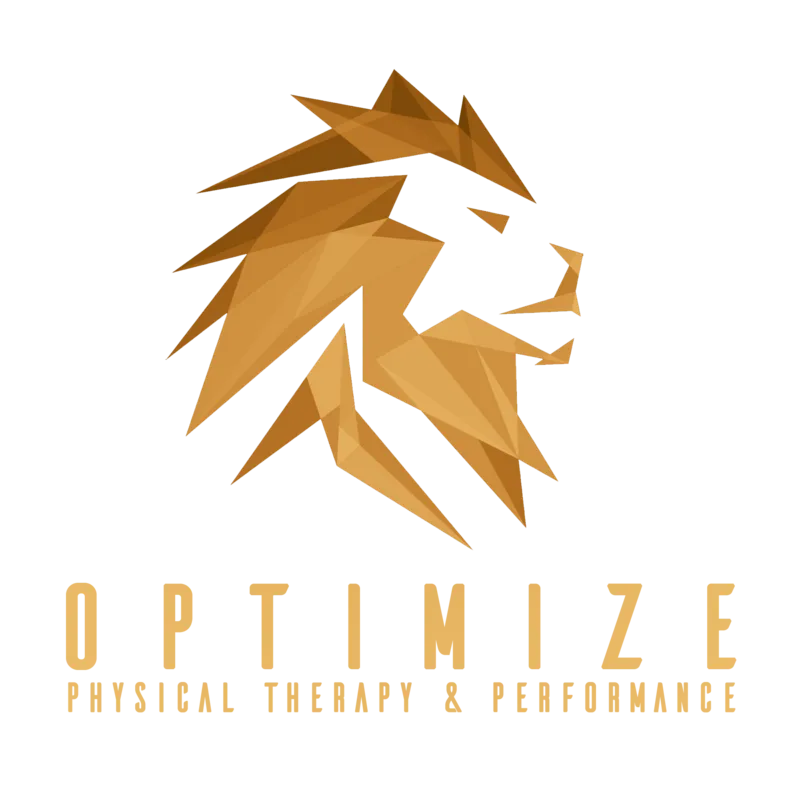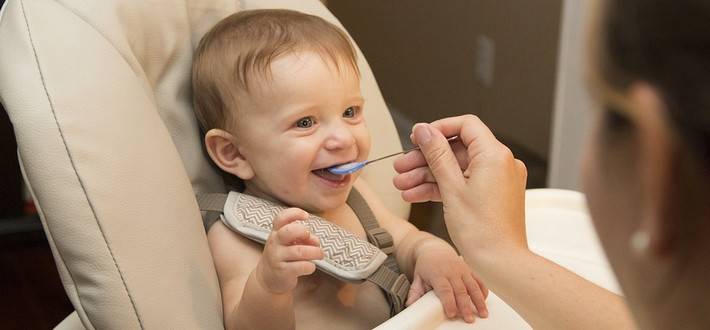Whether you have recently been diagnosed with feeding and swallowing disorders or you have been suffering from them for years, it is important that you are educated on the treatment options available. These treatments can help improve your condition and make you feel better. At PT 360, we offer a range of services to address these issues, including physical therapy and pediatric physical therapy.
Oral transport phase problems
Several factors affect the oral transport phase in feeding and swallowing therapy. These include impaired bolus transport, functional disorders, and the presence of aspiration.
The oral transport phase begins with oral preparation, which involves manipulating foods and liquids in the mouth. This phase is primarily under voluntary control. It involves the use of the tongue, cheeks, palate, and jaw. This phase is completed with the pharyngeal phase.
The pharyngeal phase is the most important phase of swallowing. This phase is a rapid sequential activity, involving the base of the tongue, the soft palate, and the pharynx. The swallowing reflex is triggered when the bolus is located at the base of the tongue. In children, this phase is often delayed.
Patients with functional disorders, such as dysphagia, can exhibit abnormalities in the pharyngeal phase of swallowing. These disorders include an increased residual volume, delayed swallowing, and a retained residual in the mouth.
Functional disorders also have an effect on the oral phase of deglutition. These problems include improper bolus control, abnormal liquid bolus preparation for swallowing, drooling from the lips, and facial muscle weakness.
Esophageal motor disorders
Despite the lack of consensus in the pathophysiology of esophageal motor disorders, there are a variety of diagnostic procedures that can be used to assess the extent of these disorders. These procedures include esophageal pH-metry, esophageal manometry, fiberoptic endoscopy, and radiography.
Esophageal motility disorders may be accompanied by other symptoms, such as heartburn, weight loss, or regurgitation. In addition, patients with achalasia, a disorder of esophageal muscle contraction, have symptoms of regurgitation and progressive dysphagia.
The first step in diagnosing esophageal motor disorders is to assess the patient’s general medical history. This is important because some patients may have underlying systemic disorders that may not be obvious on physical examination.
The physical examination of patients with suspected OEM includes a general physical examination, including a careful assessment of the head and neck. The examination may also include a detailed assessment of the oropharynx. This examination is often performed in conjunction with radiographic assessment.
The results of the general physical examination are complementary to the findings of esophageal manometry and other diagnostic tests. In addition, the overall clinical picture can provide an accurate diagnosis and treatment strategy.
Common causes of dysphagia in children
Various diseases, physical disorders, and neurological conditions can cause dysphagia in children. Dysphagia is a complex problem that needs to be treated by a medical professional. The condition can be life-threatening if not treated. It may also affect the child’s development and quality of life.
Dysphagia is an oral-motor dysfunction, meaning that the muscles of the throat and esophagus do not work properly. The muscles contract in uncoordinated ways, causing food to regurgitate. The problem may be a result of muscle weakness, an injury, or an underlying health problem.
Some of the common causes of dysphagia in children are:
- Cerebral Palsy – This condition causes problems with coordination and breathing. In addition, swallowing problems can be a sign of an infection. If a child is not able to swallow, they may develop an infection of the mouth or throat.
- Upper Respiratory Infections – This condition may lead to pneumonia or aspiration pneumonia. When the food enters the airway, it can cause a coughing or fever. In addition, if dysphagia is left untreated, dehydration and malnutrition can occur.
Modified barium swallow study
During a modified barium swallow study (MBSS), a therapist or radiologist can observe the esophageal and oral tract to evaluate the function of the oral sensory component and whether a child’s food is reaching the esophagus safely. This information is essential to determine the type and severity of the swallowing impairment and to formulate oral intake recommendations.
A child’s modified barium swallow study appointment typically involves an interview with a parent, a child’s growth history, and a swallow study. The swallow study involves giving the child a variety of food consistencies and textures, and the radiologist watches the child’s mouth and throat while eating. A registered dietitian also assesses the child’s nutritional status.
The American College of Radiology endorses the use of the modified barium swallow study. It is considered the “gold standard” evaluation of swallowing and can guide treatment programming.
During a modified barium swallow study, the child’s esophagus, mouth, and throat are exposed to a special form of X-ray called fluoroscopy. The x-ray is recorded digitally, and the image can be reviewed later.
Treatment in our area
Feeding and swallowing physical therapy in our area can help patients improve their quality of life. The physical therapist will evaluate the patient to identify the problems and compile a treatment plan. Contact one of our board certified specialists at our clinic today to schedule an appointment and begin your journey to better health.


